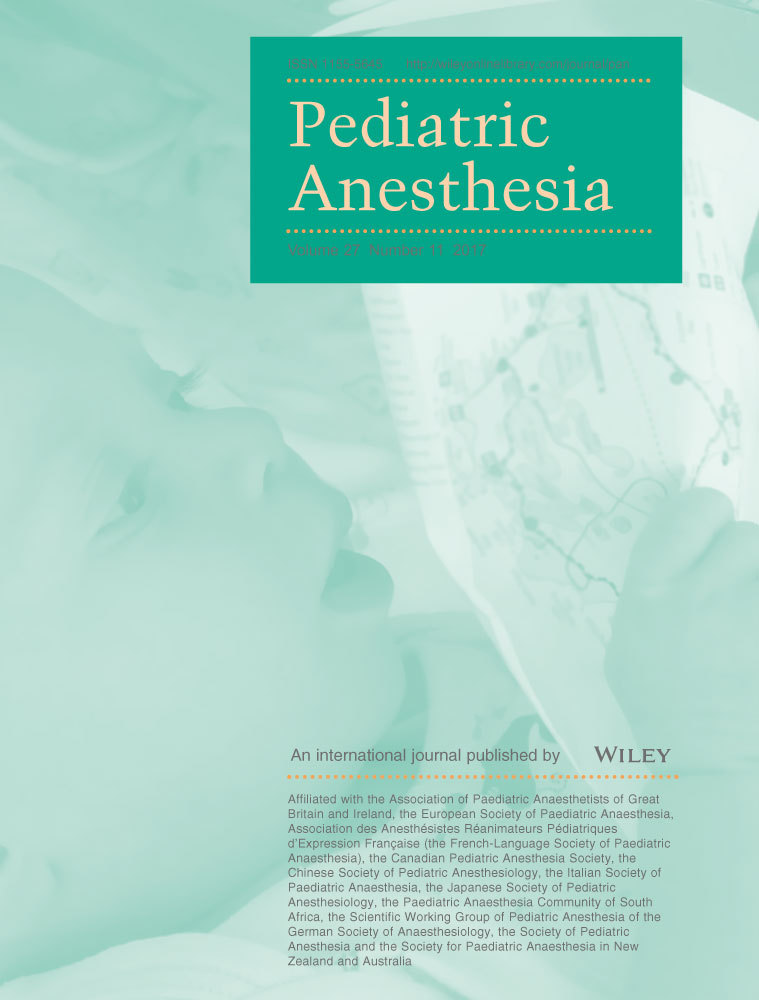Sternal malformations and anesthetic management
Funding information
This study was funded by departmental resources.
Summary
Shamberger and Welch classify sternal malformations into four types: thoracic ectopia cordis, cervical ectopia cordis, thoraco-abdominal ectopia cordis, and cleft sternum. Cleft sternum is the most common subset, with a reported incidence of 1 in 50,000 to 100,000 live births, representing 0.15% of all anterior chest wall malformations. Acostello et al further classify cleft sternum into complete or partial (superior, medium, inferior) with a simple superior partial cleft sternum being by far the most common with an orthotopic heart, intact pericardium, and normal skin coverage. Associated anomalies with superior partial cleft sternum are rare, but can include cervicofacial hemangiomas, midline raphe from the tip of the cleft to the umbilicus, and PHACES (posterior fossa malformations, facial hemangiomas, arterial anomalies with coarctation of aorta, cardiac defects, eye abnormalities, sternal cleft, and supraumbilical raphe) syndrome. The more rare inferior partial clefts are associated with thoraco-abdominal ectopia cordis as part of the Pentalogy of Cantrell (omphalocele, anterior diaphragmatic hernia, sternal cleft, ectopia cordis, ventricular septal defect/left ventricular diverticulum). This review summarizes the current knowledge of all four types of sternal malformations, and provides guidance for optimal anesthetic and perioperative care of these children.




